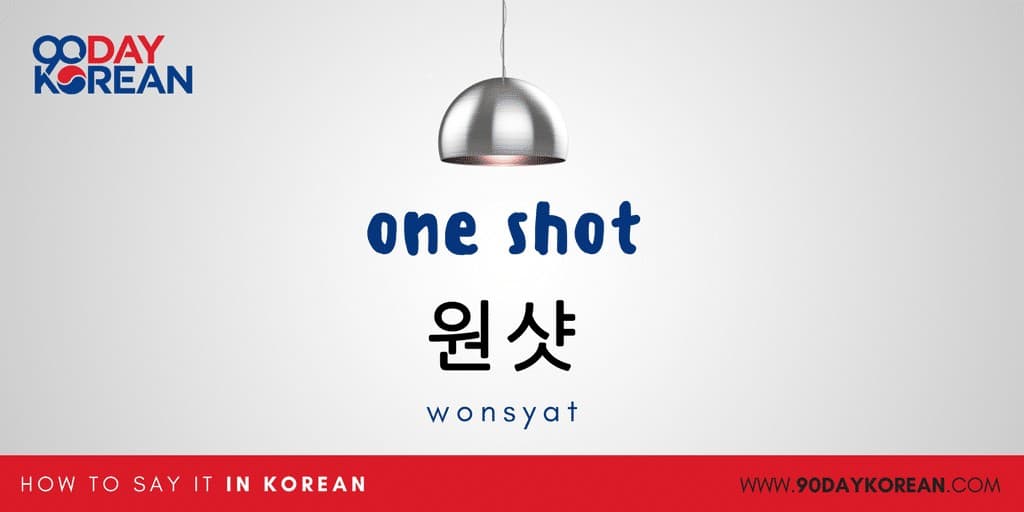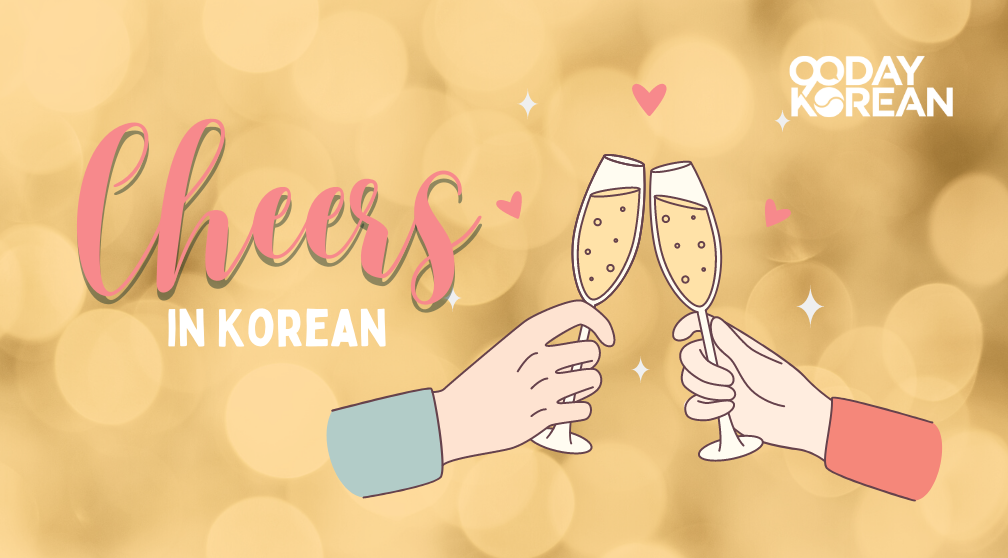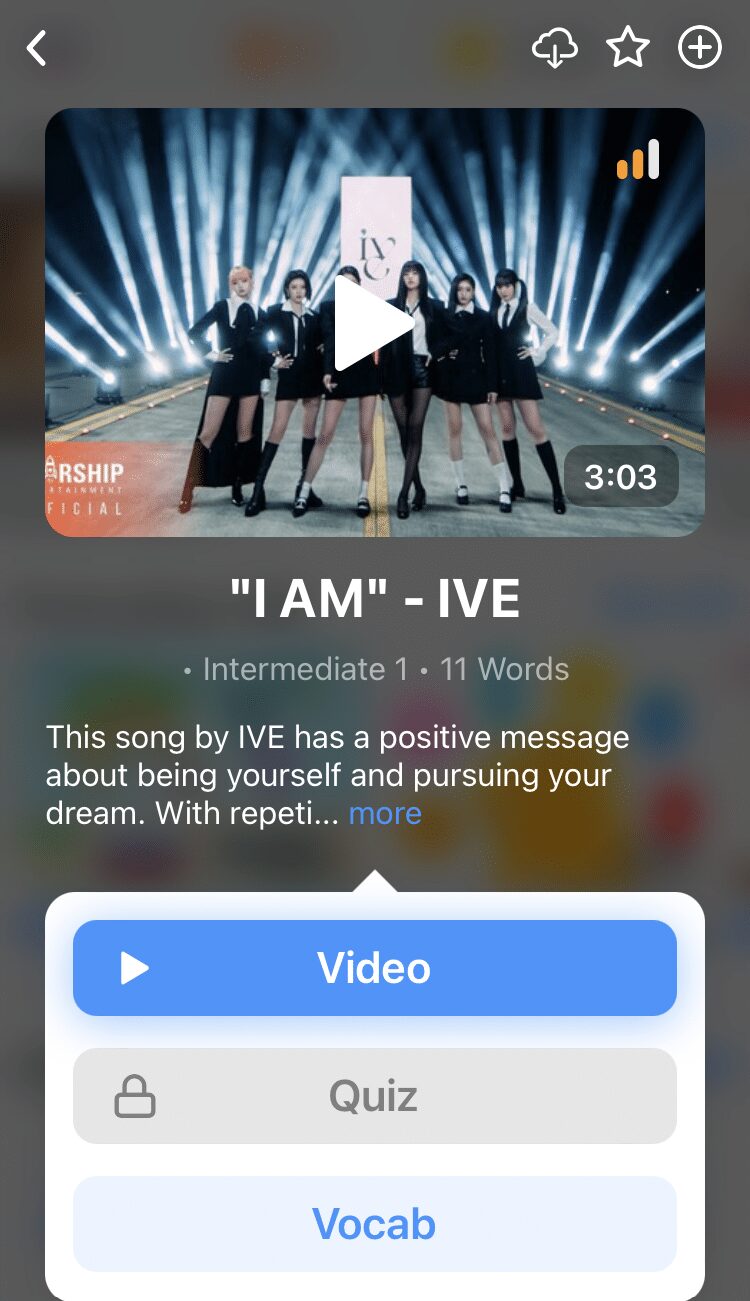Cheers In Korean: A Comprehensive Guide To Mastering Korean Toasts And Culture
When you're diving into the world of Korean culture, learning how to say "cheers" in Korean is an essential skill. Whether you're attending a business dinner or a casual gathering with friends, understanding the nuances of Korean toasts can enhance your experience. The Korean language offers various ways to express this simple yet meaningful gesture, each with its own context and cultural significance.
Learning Korean greetings and expressions, such as "cheers," can open doors to deeper cultural connections. The language reflects Korea's rich traditions and social norms, making it crucial to understand the appropriate settings for different expressions. This article will guide you through the meanings, variations, and cultural contexts of saying "cheers" in Korean, ensuring you're well-prepared for any situation.
From formal settings to casual hangouts, this guide will cover everything you need to know about Korean toasts. We'll explore common phrases, their pronunciations, and the cultural etiquette surrounding them. By the end of this article, you'll be ready to confidently raise your glass in Korea or with Korean-speaking friends.
Read also:High Noon Saloon A Dive Into The Wild Wests Legendary Watering Hole
Table of Contents
- Introduction to Cheers in Korean
- Common Korean Phrases for Cheers
- Using Cheers in Formal Settings
- Cheers in Informal Settings
- The Cultural Significance of Cheers in Korea
- Etiquette for Toasting in Korea
- Historical Context of Korean Toasts
- Modern Usage of Cheers in Korean
- Tips for Mastering Cheers in Korean
- Conclusion and Call to Action
Introduction to Cheers in Korean
Understanding Korean Toasts
The concept of "cheers" in Korean is deeply rooted in the country's social and cultural practices. In Korean, the most common way to say "cheers" is "건배" (geonbae), which directly translates to "cheers" or "toast." This phrase is widely used in both formal and informal settings, making it versatile for various occasions. However, there are other expressions that might be more suitable depending on the context.
Korean culture places a strong emphasis on hierarchy and respect, which is reflected in the language used during toasts. Understanding the nuances of these expressions can help you navigate social interactions more effectively. For instance, using formal language in professional settings demonstrates respect and professionalism.
Common Korean Phrases for Cheers
Basic Expressions
Besides "건배" (geonbae), there are several other phrases you can use to express "cheers" in Korean. Here are some examples:
- 파이팅! (Fighting!) – Often used to encourage or motivate, this phrase can also be used as a casual toast.
- 잘 먹겠습니다 (Jal meokgetseubnida) – Literally meaning "I will eat well," this phrase is used before meals and can be adapted for toasts.
- 건강하세요 (Geonangsaseyo) – Wishing someone good health, this phrase is perfect for formal toasts.
Each of these phrases carries its own connotations and is suitable for different situations. Learning when and how to use them can enhance your cultural fluency.
Using Cheers in Formal Settings
Etiquette in Professional Environments
In formal settings, such as business dinners or official gatherings, it's important to use respectful language. The phrase "건배" (geonbae) is appropriate, but pairing it with additional expressions can make your toast more impactful. For example, you might say:
- 건배! 모두의 건강을 위해! (Geonbae! Modoeui geonang-eul wae!) – Cheers! To everyone's health!
- 건배! 성공적인 미래를 위해! (Geonbae! Seonggongjeogin mirereul wae!) – Cheers! To a successful future!
These phrases not only express goodwill but also demonstrate your understanding of Korean business etiquette.
Read also:Bryce Adams Leak Unveiling The Truth Behind The Controversy
Cheers in Informal Settings
Casual Gatherings with Friends
When celebrating with friends or in more relaxed environments, you can use more casual expressions. Phrases like "파이팅!" (Fighting!) or "즐기자!" (Jeulgi-ja!) – meaning "Let's enjoy!" – are popular choices. These toasts are fun and energetic, reflecting the laid-back atmosphere of such gatherings.
It's worth noting that while informal toasts are less rigid, they still require some level of respect and awareness of cultural norms. For instance, it's customary to pour drinks for others before serving yourself, even in casual settings.
The Cultural Significance of Cheers in Korea
Understanding Korean Drinking Culture
Drinking culture in Korea is an integral part of social life. It serves as a way to bond, celebrate, and strengthen relationships. The act of toasting, or saying "cheers," is a symbol of unity and shared joy. It reflects the collectivist values of Korean society, where group harmony is prioritized.
Moreover, the tradition of toasting in Korea is influenced by historical practices and Confucian principles. Respect for elders and authority figures is evident in the language and gestures used during toasts. For example, younger individuals often lower their glasses when toasting with seniors as a sign of humility.
Etiquette for Toasting in Korea
Rules to Follow During Toasts
Proper etiquette is crucial when participating in Korean toasts. Here are some guidelines to keep in mind:
- Pour drinks for others before filling your own glass.
- Use two hands when offering or receiving a drink, especially in formal settings.
- Lower your glass slightly when toasting with someone older or in a higher position.
- Avoid looking directly into someone's eyes while drinking, as it may be considered impolite.
By adhering to these rules, you show respect and appreciation for Korean cultural norms, which can enhance your interactions with locals.
Historical Context of Korean Toasts
Evolution of Cheers in Korean Culture
The tradition of toasting in Korea dates back centuries, with roots in ancient rituals and ceremonies. Historical records indicate that alcohol played a significant role in religious and social gatherings, where toasts were used to honor deities, ancestors, and community leaders.
Over time, these practices evolved into the modern-day customs we see today. The language and gestures associated with toasts have adapted to reflect changing societal values while retaining their core meanings. Understanding this historical context provides deeper insight into the significance of Korean toasts.
Modern Usage of Cheers in Korean
Contemporary Trends in Korean Toasts
In contemporary Korea, the concept of "cheers" has expanded beyond traditional settings. Social media platforms and global influences have introduced new ways of celebrating and connecting through toasts. For instance, younger generations might use trendy phrases or slang when raising their glasses.
Despite these changes, the essence of Korean toasts remains unchanged. They continue to serve as a way to express gratitude, celebrate achievements, and strengthen bonds among individuals. This adaptability highlights the enduring relevance of toasts in Korean culture.
Tips for Mastering Cheers in Korean
Practical Advice for Beginners
If you're new to learning Korean or unfamiliar with its cultural practices, here are some tips to help you master saying "cheers" in Korean:
- Practice the pronunciation of common phrases regularly.
- Learn the appropriate contexts for each expression.
- Observe and mimic native speakers during toasts.
- Study the cultural etiquette surrounding drinking and toasting.
By incorporating these strategies into your learning process, you'll gain confidence in using Korean toasts in real-life situations.
Conclusion and Call to Action
In conclusion, learning how to say "cheers" in Korean opens up a world of possibilities for connecting with others and experiencing the rich tapestry of Korean culture. From understanding the various expressions to mastering the cultural etiquette, this guide has provided you with the tools needed to navigate Korean toasts effectively.
We encourage you to put this knowledge into practice by attending social gatherings or practicing with Korean-speaking friends. Don't hesitate to leave a comment below sharing your experiences or asking questions. Additionally, explore our other articles for more insights into the Korean language and culture. Together, let's celebrate the joy of learning and cultural exchange!
Remember, the more you engage with Korean traditions, the more you'll appreciate their beauty and significance. So, raise your glass and say "건배!" (Geonbae!) to new adventures and meaningful connections!


